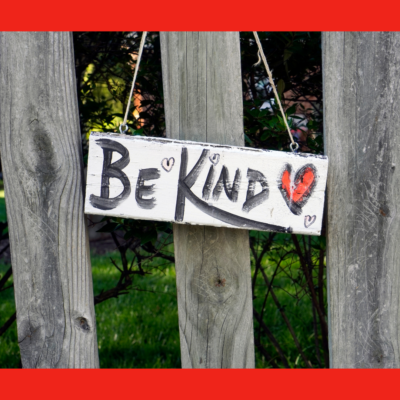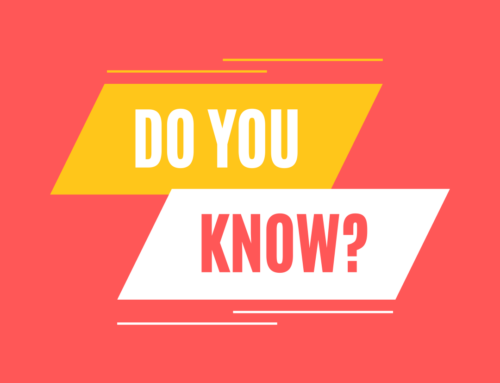Being fiercely independent is both a benefit and  a challenge for the residents of Wyoming. Wyoming is the least populated state in the United States, with a population of 578,803 in 2021. These people are spread across 97,914 square miles, which equates to less than six people per square mile. Putting that into perspective, almost three times as many people live in the 22.83 square miles of Manhattan (72,918 people per square mile).
a challenge for the residents of Wyoming. Wyoming is the least populated state in the United States, with a population of 578,803 in 2021. These people are spread across 97,914 square miles, which equates to less than six people per square mile. Putting that into perspective, almost three times as many people live in the 22.83 square miles of Manhattan (72,918 people per square mile).
It is these conditions that have created survivors. Throughout history, Wyoming residents have pulled together to create thriving rural communities. It has also created a resilience and determination that displays itself in pride. Two terms come to mind: nice and kind.
In healthcare and other agencies, I have seen individuals that merely “do” the work do so with pride and distance that keeps the patients and consumers separate from them. I had a coworker label these individuals as “nice.”
I have also seen individuals that embrace and love the work and do so without judgment to work with their consumers/patients. My coworker labeled these individuals as “kind.”
While both kind and nice professionals do their jobs, we know from Bridges to Health and Healthcare that the best patient outcomes come from establishing trust through relationship building. It is the real-life example of how a patient is perceived—the perceptual lens of the staff and their institution—that influences consumers’ experiences.
A specific example of how this individual, intuitional, and policy practice are intertwined is when working with an agency on their intake practices. The staff did their jobs in a way that hindered the establishment of relationships—they only focused on the task at hand and kept the consumer at a distance. They most certainly were nice, but in efficient, middle-class-minded way.
It was after learning the importance of moving from merely doing the work (nice) to embracing the work (kind) that they began to see results. While the intake process worked for them to track data (meeting policy needs), it put the form before the person. The team began to analyze how the intakes were completed. Instead of focusing on the form, the staff began to focus on the person first. They could not remove their policies, but they could adjust the order. They monitored their language register, their nonverbal communication, their discourse pattern, and their story structure. This simple shift was the first step in the process. What was remarkable was to see the shift in the staff’s response to their work. When they began to focus on the patient rather than on the form, the staff moved from nice to kind.
The outcome from this shift also increased consumer involvement. Because their consumers felt heard and that they were seen, they felt better about asking questions and listening to instructions. The ultimate result was better success in the relationship for better outcomes.
Although this is a success story, the challenge continues to move healthcare professionals from nice to kind. The culture of Wyoming celebrates the “pull yourself up by your bootstraps” mentality. This pride and disconnect promotes the “nice” mindset. After decades of sprinkling this work—of planting seeds of understanding—we are seeing the results of moving toward a collaborative process by understanding those we serve. Wyoming is a rural state, and while it has much to offer and cares about its residents, it will take time to shift the culture from nice to kind for increased outcomes.








